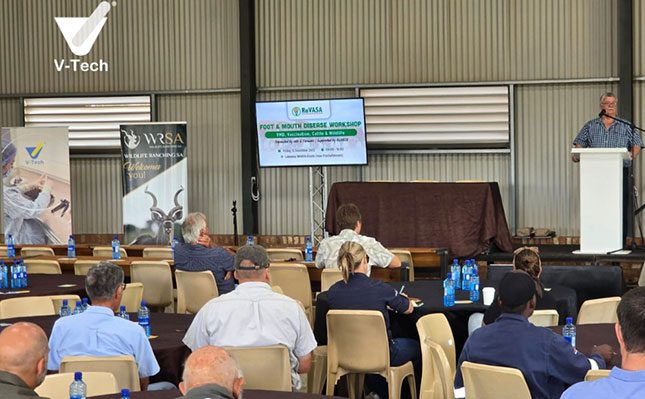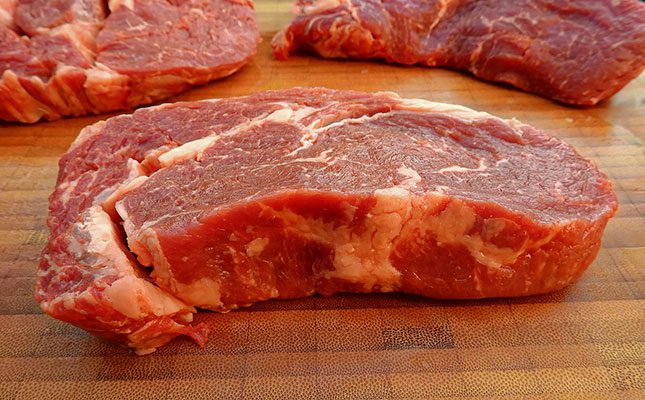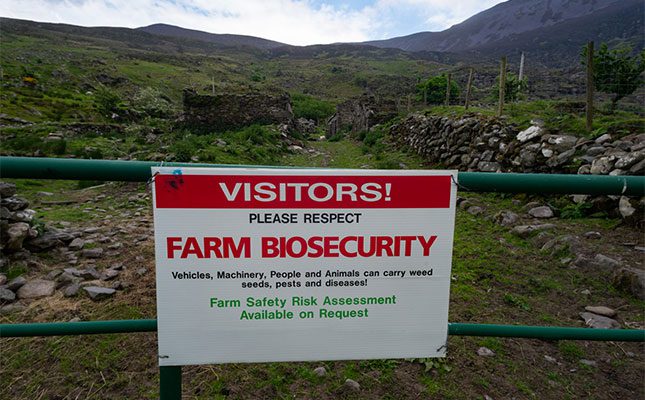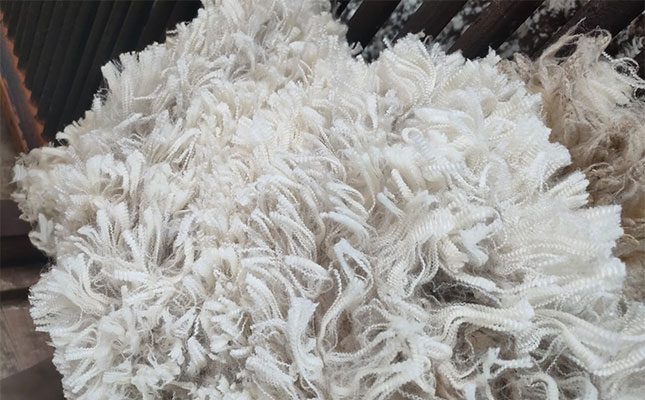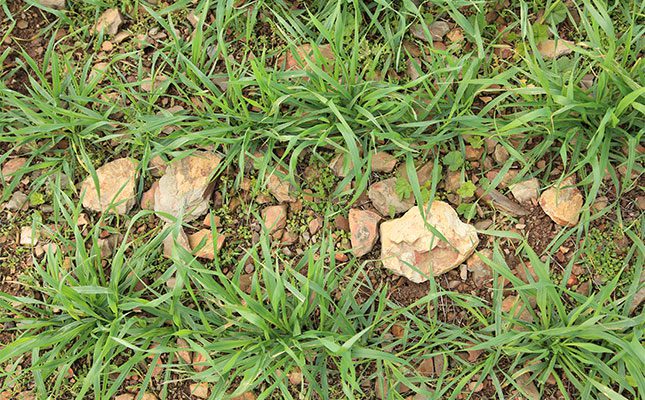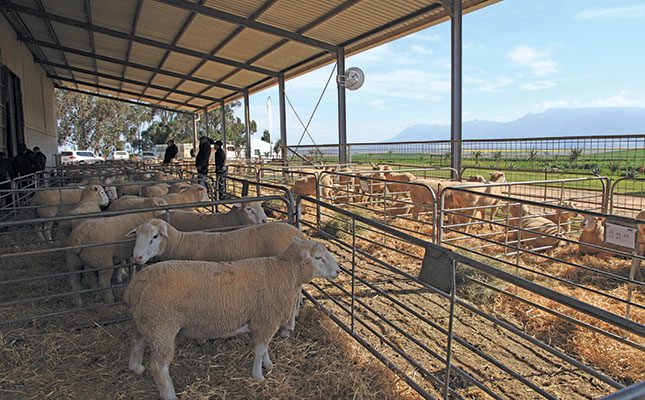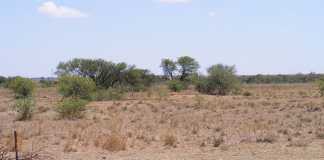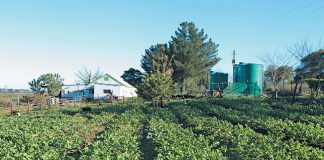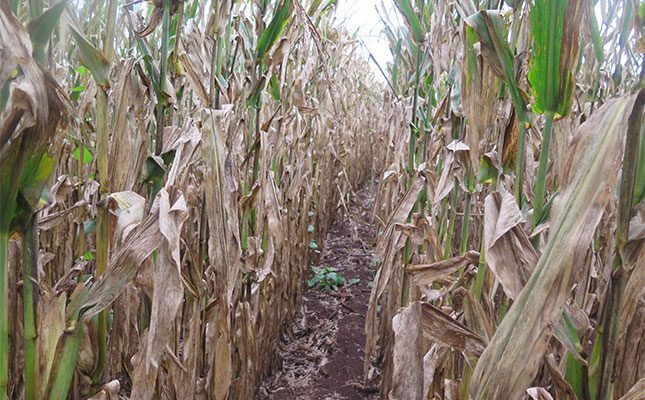
Photo: Dr David Nsibo/University of Pretoria
According to Dr Godfrey Kgatle, research co-ordinator at Grain SA, these foliar diseases, which previously caused significant damage in KwaZulu-Natal (KZN), have now been reported in the Piet Retief region and were spreading further inland.
“While GLS thrives in warm, humid conditions and NCLB in cool, moist environments, both are exacerbated by late-season rainfall. The diseases weaken maize plants by reducing photosynthesis and compromising plant defences, potentially leading to yield losses if infections occur during the critical tasselling and grain-filling stages,” he said.
Kgatle said the increase in the incidences of these diseases was a result of weather that favoured their proliferation, the planting of susceptible cultivars, and the continuous planting of maize on the same lands, leading to inoculum build-up.
Additionally, he explained that volunteer maize and weeds, such as Johnson grass, contributed to disease persistence, while inconsistent fungicide applications across regions could leave crops vulnerable.
“In KZN, farmers often implement up to three fungicide spray programmes per season, whereas in the Highveld, many apply fungicides only once at the six-leaf stage. When disease pressure is high, a second application may be necessary, but this requires specialised equipment and adds to production costs,” Kgatle said.
He explained that while GLS and NCLB were not expected to significantly impact overall maize production in the country, severe infections in localised areas could lead to reduced yields and grain quality.
“Farmers affected by the outbreaks may face higher input costs due to additional fungicide applications, potentially affecting profit margins,” he added.
According to Kgatle, the knock-on effect could eventually be seen in maize prices, with consumers seeing a slight increase in prices should the disease spread more widely.
“I urge farmers to adopt integrated disease management strategies, including crop rotation, planting resistant hybrids, and applying fungicide in a timeous manner, to mitigate potential losses.
“With maize being a staple in South Africa, closely monitoring the situation in the Highveld remains crucial for both producers and consumers,” he said.

